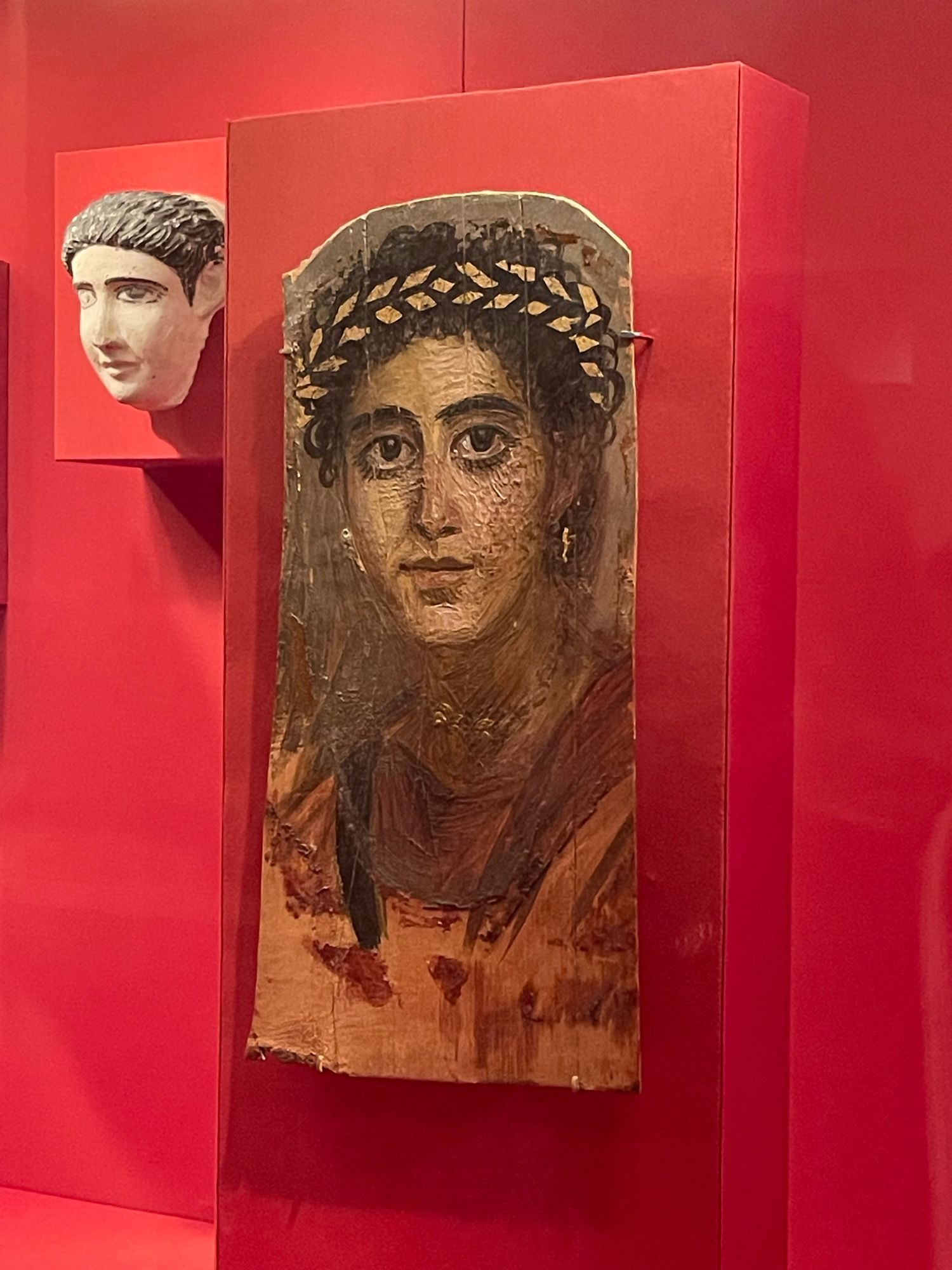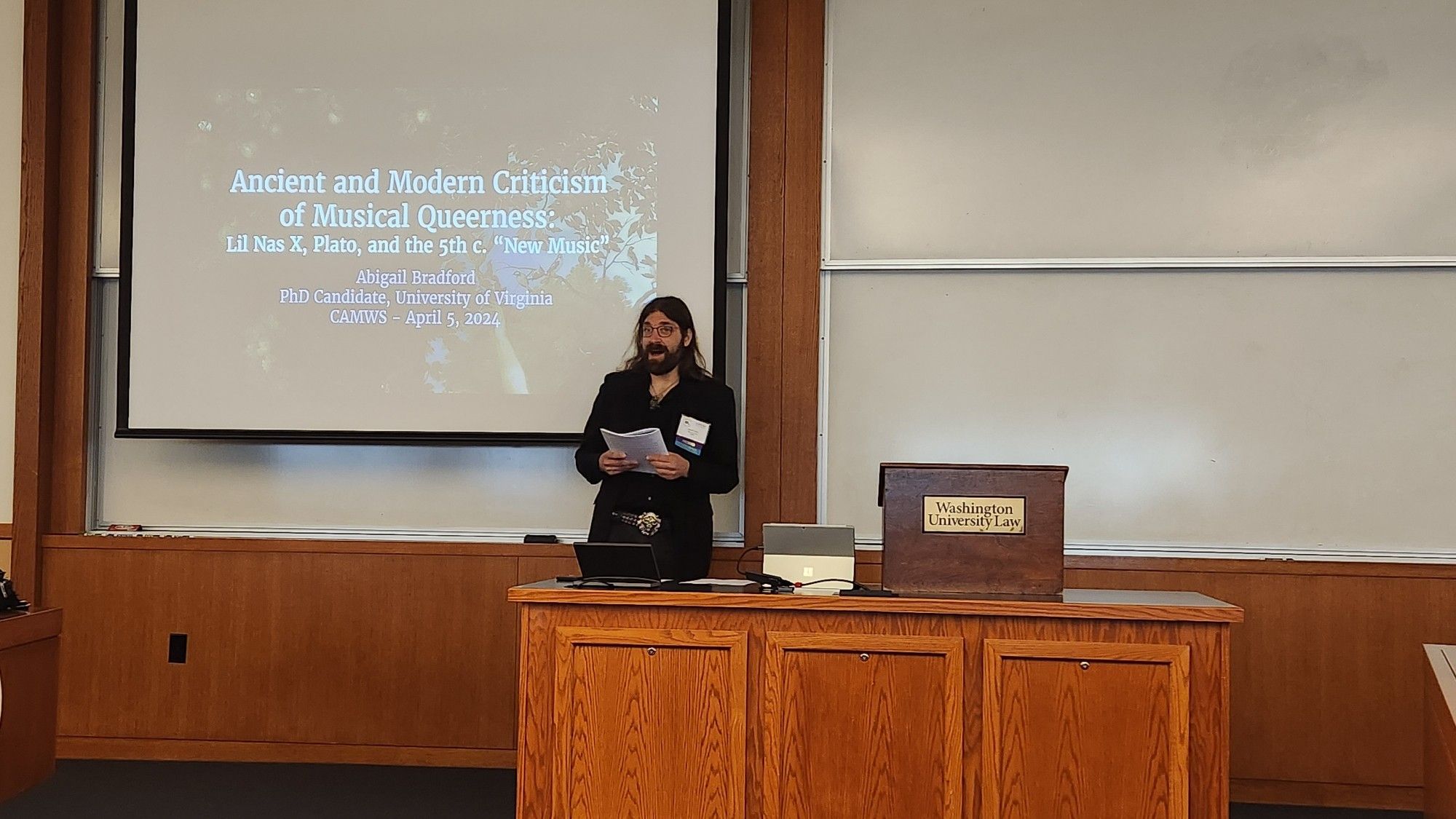
DC
Dr. Christina Hotalen
@drchristinah.bsky.social
Roman historian who works as a Program Manager at a university. Metal head & maker of chain maille. Credentials and links to my other pages: linktr.ee/infestissima
357 followers294 following92 posts
Reposted by Dr. Christina Hotalen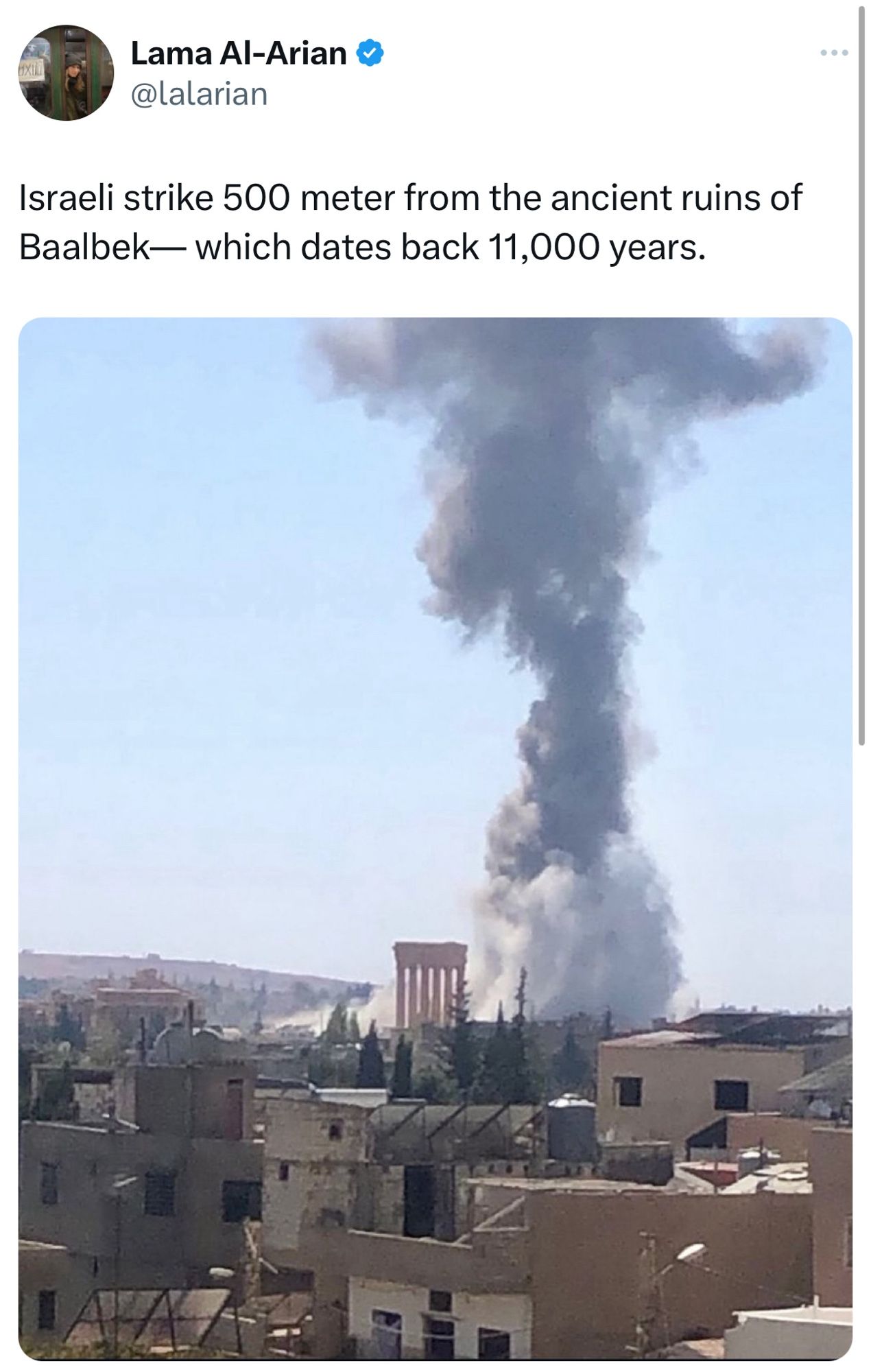
Bring the same energy you brought for Notre Dame, which was incomparably younger, or the Buddhas Of Bamiyan, which were younger as well.

I had so much talking about Spartacus Vengeance with the cool folks at @movieswedig.bsky.social 😎 Check it out!
Reposted by Dr. Christina Hotalen
Reposted by Dr. Christina Hotalen
Reposted by Dr. Christina Hotalen
Mosaic Floor with Views of Alexandria and Memphis Early Byzantine ca. 540 CE The Egyptian cities of Alexandria (left) & Memphis (right) are depicted. The church of Saints Peter & Paul, where this mosaic once lay, and its founder, Bishop Anastasius, are mentioned in the center Greek inscription.

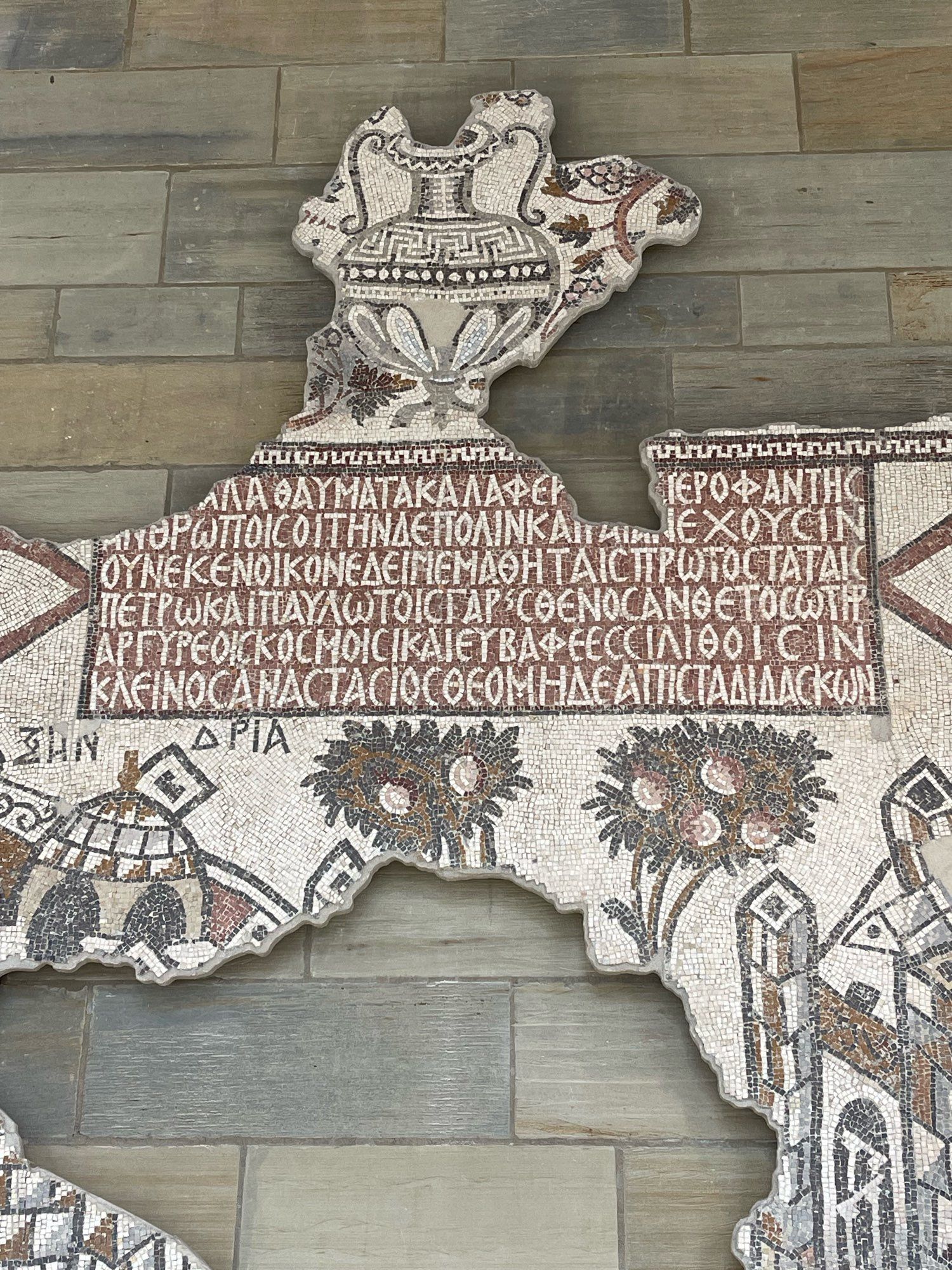
Lion Relief from the Processional Way Babylonian, Near Eastern, ca. 605-562 BCE Yale University Art Gallery
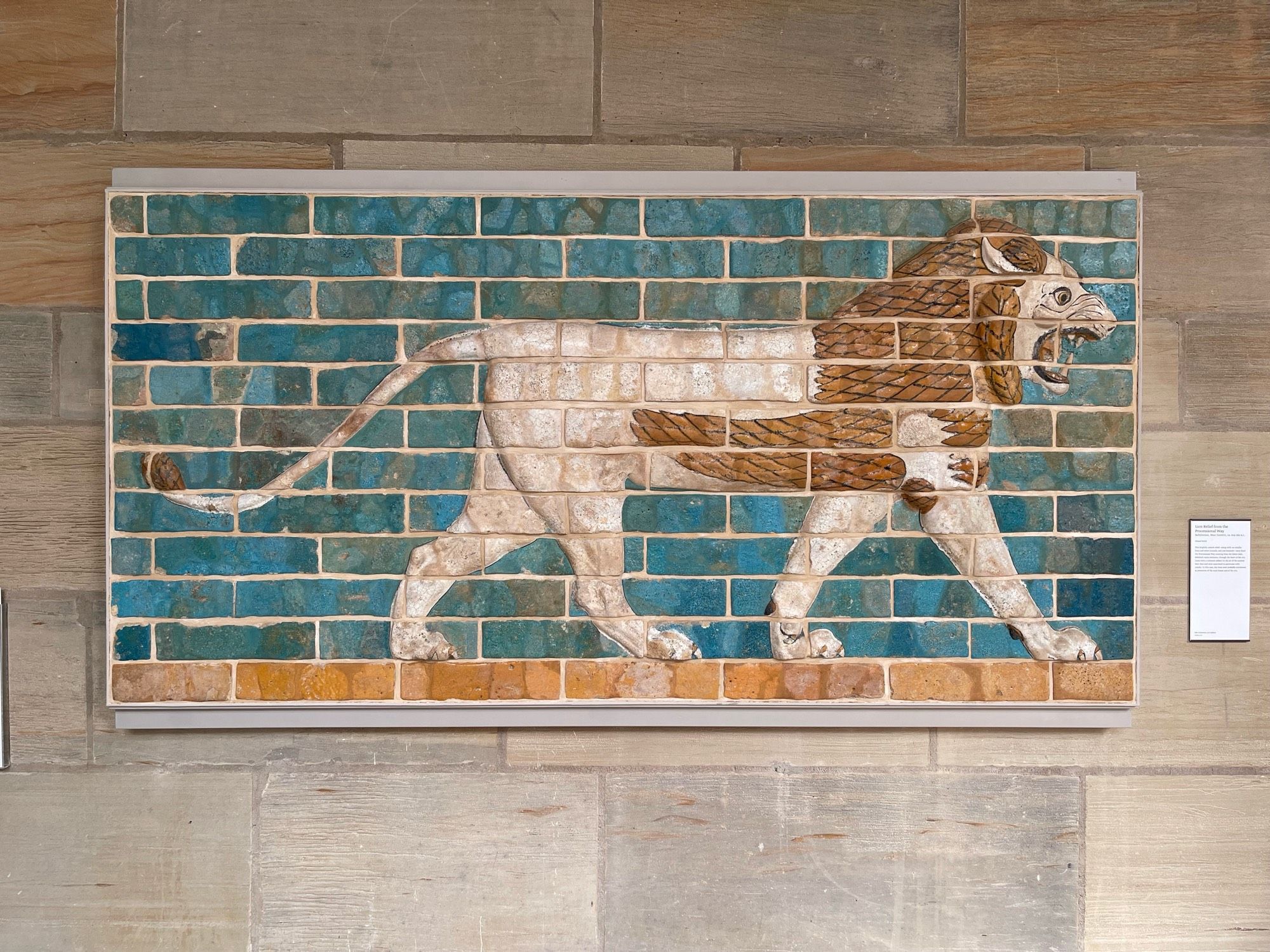

DC
Dr. Christina Hotalen
@drchristinah.bsky.social
Roman historian who works as a Program Manager at a university. Metal head & maker of chain maille. Credentials and links to my other pages: linktr.ee/infestissima
357 followers294 following92 posts



